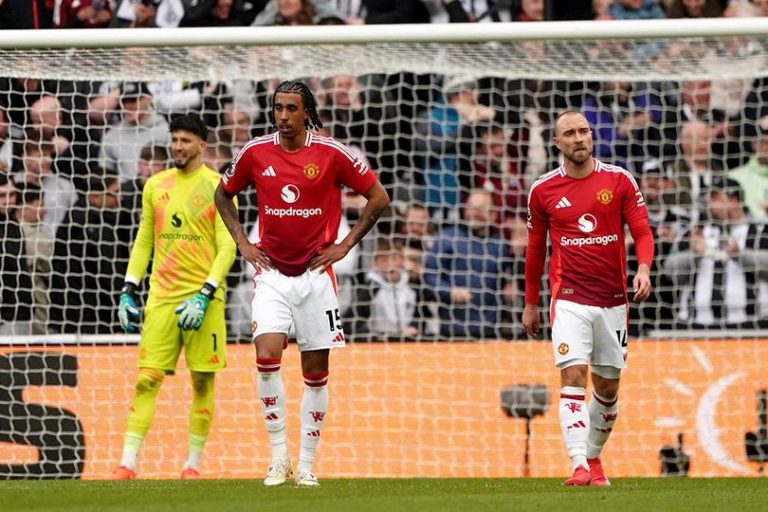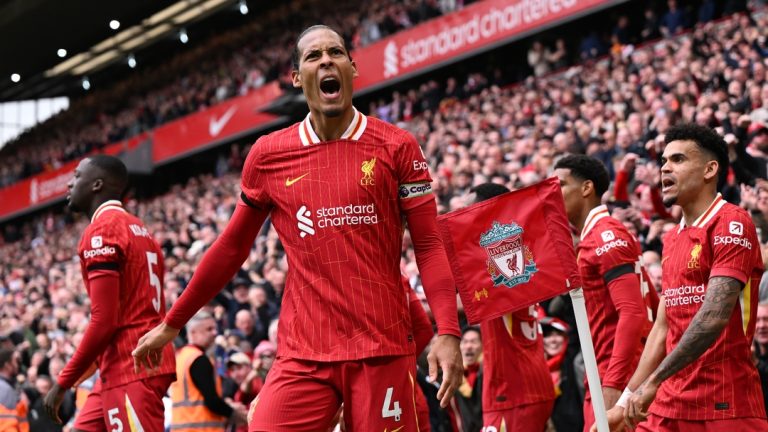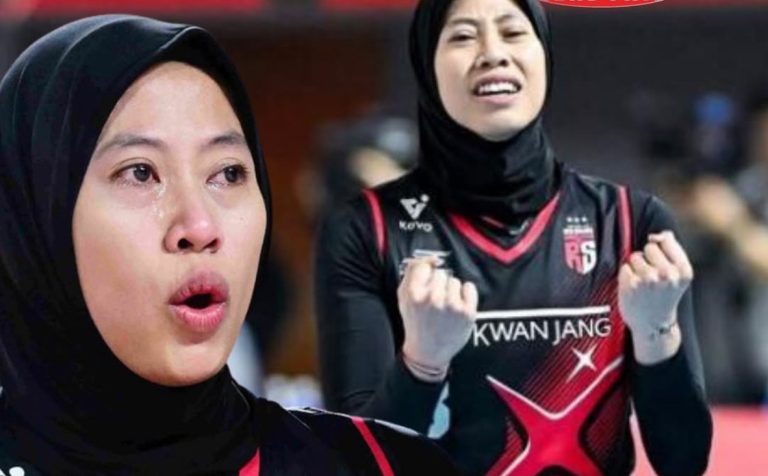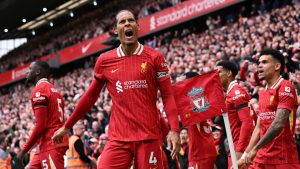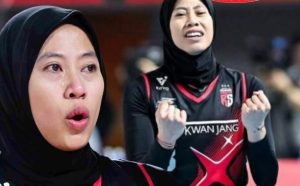Nico Rosberg slammed his Mercedes in second practice at the season-opening Australian Grand Prix.
The awful begin to his crusade was underscored as colleague Lewis Hamilton utilized the best of the sodden conditions to set the pace at Albert Park.
Rosberg lost control quickening out of Turn Six on a wet track, severing his front wing, and needed to stop on the circuit to abstain from dropping flotsam and jetsam.
Hamilton starts his endeavor to win a fourth world title this weekend.
He and Rosberg have combat for the drivers’ title for as far back as two years, and their exceptional contention is relied upon to continue at Albert Park this Sunday.
The clammy track implied Rosberg’s blunder was not as expensive as it could have been.
“I accelerated too much and lost the car,” said Rosberg. “That was not good for sure. Good for me the track didn’t dry out.”
Hamilton, who was additionally speediest in first practice, did just seven laps, none of dry tyres, as he finished the session 0.467 seconds speedier than Force India’s Nico Hulkenberg, who was 0.178secs in front of Ferrari’s Kimi Raikkonen. None of the drivers felt ready to utilize dry-climate smooth tyres.
Mercedes F1 boss Toto Wolff said that Rosberg had “lost the front wing unfortunately in circumstances we should have maybe avoided”. He added: “Nico was a bit unlucky. He did not have a lot of running in the first session and then when he tried to compensate for that he ended up in the wall. Lewis had a good day.”
Wolff conceded the occasions of the day had put Hamilton at leeway.
He said: “Psychologically, first little step for ‘the Hammer’, but it is early days. Nico wouldn’t be where he is if a scrappy Friday would cause him some headaches.”
Soon after Hamilton set his speediest time, more rain descended, disappointing the groups why should sharp get however much dry running as could be expected to get ready for the principal race of the season.
The absence of running will be particularly cumbersome for the groups on a weekend when they are confronted with two critical principle changes.

The organization of qualifying, which happens at 06:00 GMT on Saturday, has changed, with the presentation of a framework that will dispense with the slowest driver like clockwork in the second 50% of each of the three sessions.
What’s more, there are real confinements on the utilization of group radio, with impediments on the data the groups can provide for drivers.
Overseeing body the FIA has delivered a rundown of 24 allowed message subjects. Anything outside that will be dealt with as an offense, with punishments to be chosen by the race stewards.
The soggy conditions implied it was still unrealistic to make a complete judgment on the examination between the autos – with everyone’s eyes on how close Ferrari are to Mercedes, who have overwhelmed the game for the last two seasons.
Red Bull’s Daniel Ricciardo was fourth fastest in front of Toro Rosso’s Carlos Sainz and McLaren’s Fernando Alonso, whose lap was particularly noteworthy for being set when conditions were wetter than those in front of him on the timesheets.
Alonso’s partner Jenson Button was seventh snappiest, in front of Ferrari’s Sebastian Vettel, Force India’s Sergio Perez and Red Bull’s Daniil Kvyat.
Renault’s British fledgling Jolyon Palmer did not set a lap time.






